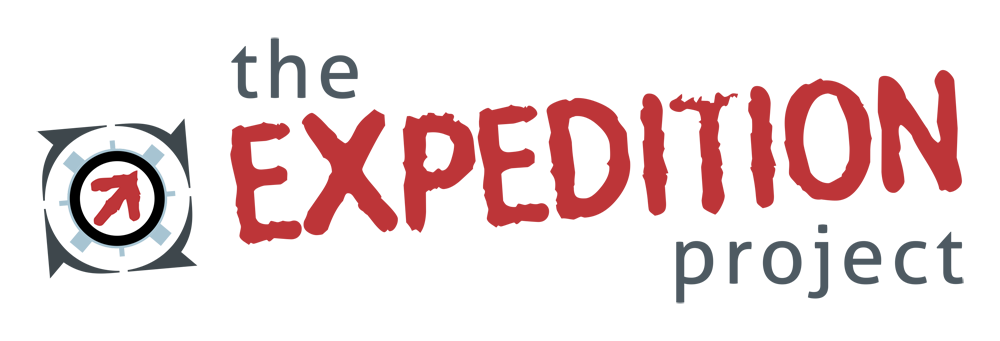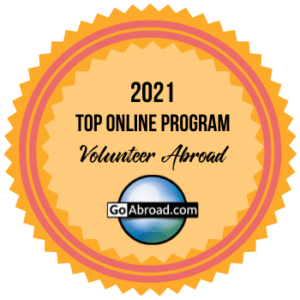February 2021 blog by Yashaswini Modak, third-year vet student at the Royal Veterinary College.

Hi, I’m Yashaswini – President of the Zoological Society here at the Royal Veterinary College. I have been a part of The Expedition Project Ambassador team since 2019.
Welcome to my second in a series of monthly Veterinary Student blogs.
Read all my blogs here.
Since August 2020, alongside The Expedition Project, we’ve been doing live streams about conservation medicine with Dr. Peter Rogers and students from Nottingham and the Dick Vet School in Edinburgh. Our latest livestream with Dr. Peter Rogers as part of the Wildlife Vet Online course gave us loads of insight into the life of a wildlife veterinarian and I thought I would share some of the key bits of advice that we heard from Dr. Peter Rogers about getting into conservation and the skills you’d need to thrive.During this particular livestream session, we delved deeper into the nitty gritty of Peter’s job, as he told us anecdotes that left us in awe of his daily life.
A key theme that kept coming up was the ability to adapt. Whether it was talking about practising veterinary medicine beyond the confines of a textbook, or learning when to vaccinate and when to leave it, it was clear that the line between helping and hurting in conservation is a very thin one, leaving vets like Peter with the important job of deciding how much intervention is too much.
A great example would be the way Peter answered a question regarding herd health and giving large groups of animals vaccines, the way we often do in farm animals so that we can improve the entire populations’ immunity, which is more efficient than treating individuals for disease. The idea of mass vaccination in wild herds might seem like the ideal way to help these animals in a long term manner with minimal intervention, but upon closer inspection it causes more harm than good. The ecosystems that veterinarians like Peter are trying to preserve are fragile, and any human intervention stands to disrupt a system that’s already in imbalance. The vaccines would have to be given from helicopters, and this could scatter an otherwise united herd across multiple kilometers, interrupting the social fabric of the landscape, which is a lot more trouble than potential herd immunity worth.
Being able to appreciate balance isn’t the end of it, though. In fact, it’s more like the beginning! There’s a lot to be said for thinking on your feet, and being flexible in the way you apply your knowledge once you’ve weighed out the situation at hand. “Every single textbook you read will tell you not to use Hydrogen Peroxide in wounds… but I love it, I use it on almost every single one”, Peter explains. In traditional veterinary practise, the chemical would be far too abrasive and fast acting to use in a wound, but in wildlife medicine it does the invaluable job of eating away at dead tissue in the wound quickly to eliminate infection risks. Of course, this varies from case to case and isn’t the perfect solution, but that’s the subtlety of the job – there is no perfection, only balance.
The theme of balance can be applied to the emotionally taxing issues, too. “Culling is terrible, I hate doing it – but we can use the products to give back to the local community and help the ecosystem”, Peter reasons. Culling has been an emotionally charged and heavily debated issue since the origin of the conservation field, and it can be hard to look solely at numbers and science when animal lives are involved. This makes the role of the wildlife vet even fragile and contentious, and looking at both the details and the bigger picture of population health measures like culling then becomes the next balancing act. The products from culling, like meat, are given back to local communities, a short term positive. The tax of extra members of a species on the ecosystem is massive, and the alleviation of this is a long term benefit that makes the grisly process beneficial in the long term.
There’s countless more examples of balance and its role in how we should be viewing issues relating to wildlife conservation and our use of resources, and I look forward to exploring this topic more with Peter over our livestream sessions to come.
I’m so excited to see what 2021 brings for the Wildlife Vet Online course, and cannot wait to watch our TEP community grow even wider. Want to contact me and ask me questions about the Wildlife Vet Online course? E-mail me at [email protected] and be sure to join our TEP family by following us on Instagram, you can find us @theexpeditionproject on Instagram, and for a special behind the scenes from me and the rest of the TEP ambassadors, follow @tep_ambassadors on Instagram too!
I recommend you check out these courses:
Wildlife Vet Online Module 1: Cheetah Management
Wildlife Vet Online Module 2: The Rhino Revolution – Part 1
Wildlife Vet Online Module 3: The Rhino Revolution – Part 2
Wildlife Vet Online Module 4: Pangolin Protection
Wildlife Vet Online Module 5: African Elephants – Part 1
And I even have a course that i was involved in developing here:
Junior Wildlife Vet and Ecology Module 1: Animal Identification
Livestream Audio
February 2021
Music intro until 6:45 sponsored by CONFLUENCE.




Leave a Reply
You must be logged in to post a comment.